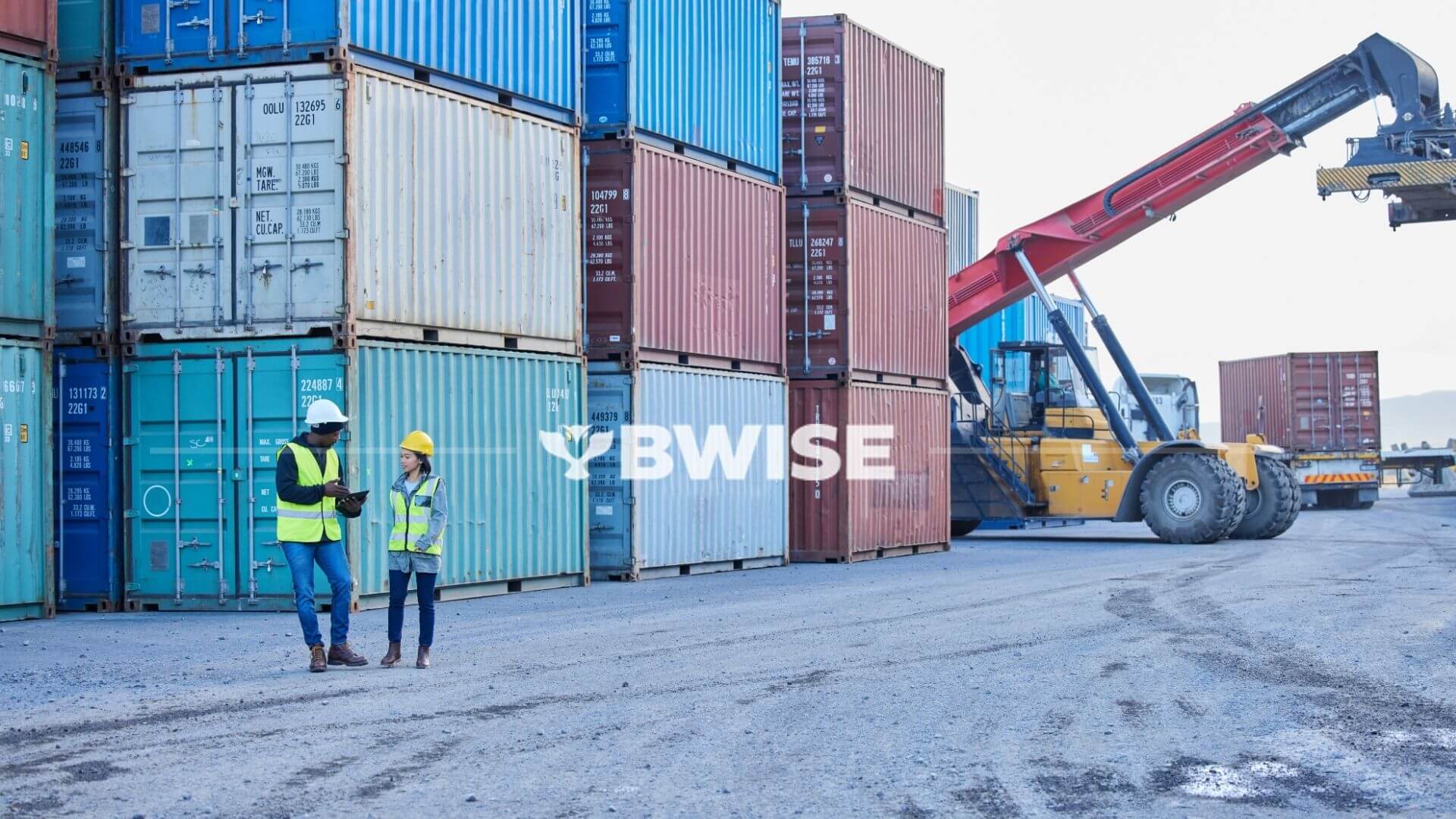
The world of supply chain management is constantly evolving, influenced by technological advancements, changing consumer demands, geopolitical factors, and environmental concerns. As we approach the year 2024, it is essential to explore the imminent trends and future expectations that will shape the supply chain industry. In this article, we will discuss the key developments we can expect in the supply chain landscape in 2024.
Key Takeaways:
- Digital transformation will continue to revolutionize supply chain management systems, with technologies such as IoT, AI, and automation becoming commonplace.
- Advanced analytics and predictive forecasting models will help businesses gain actionable insights from vast amounts of data, resulting in accurate demand forecasts, inventory optimization, and proactive risk management.
- Innovations in last-mile delivery, including drone delivery, autonomous vehicles, and crowd-sourced delivery, will provide speed and accuracy in delivering goods to consumers’ doorsteps.
- Sustainability and social responsibility will become essential components of supply chain management, with businesses adopting green practices and ethical sourcing methods.
- Proactive approaches to risk mitigation, diversification of supply sources, and agile inventory practices will increase supply chain resilience against global disruption.
- Despite occasional disruptions, globalization will persist in supply chain networks, with organizations forming strategic partnerships across borders to access new markets and gain competitive advantages.
Key Topics:
Digital Transformation
By 2024, digital transformation will be fully embraced by supply chain management systems. Advanced technologies such as the Internet of Things (IoT), artificial intelligence (AI), blockchain, and automation will become commonplace, enabling seamless connectivity, improved visibility, and increased efficiency. These digital disruptions will revolutionize inventory management, demand forecasting, supplier relationship management, and end-to-end supply chain visibility.
The IoT will enable real-time tracking and monitoring of assets, improving efficiency and reducing delays in the supply chain. AI-driven algorithms will analyze massive amounts of data to identify patterns and optimize decision-making processes. Blockchain technology will ensure transparent and secure transactions, allowing for streamlined and trusted supply chain operations. Automation will handle repetitive tasks, freeing up human resources to focus on strategic activities.

Enhanced Analytics and Predictive Forecasting
In 2024, supply chain professionals such as BWISE, will heavily rely on advanced analytics tools and predictive forecasting models. With the help of AI and machine learning algorithms, businesses will gain actionable insights from vast amounts of data, leading to more accurate demand forecasts, inventory optimization, and proactive risk management.
Analyzing historical data, market trends, and customer behavior will enable supply chains to better estimate demand, minimize stockouts, and reduce excess inventory. Predictive analytics will optimize procurement processes, ensuring the timely availability of raw materials and reducing costs. Additionally, machine learning algorithms will enable proactive risk management by identifying and mitigating potential disruptions before they occur.
Last-Mile Delivery Innovations
The urbanization trend and the increasing preference for online shopping will continue to drive innovations in last-mile delivery. In 2024, we can expect an expansion of alternative delivery models such as drone delivery, autonomous vehicles, and crowd-sourced delivery, ensuring speed and accuracy in delivering goods to consumers’ doorsteps.
Drone delivery will enable fast and efficient delivery of small packages in urban areas, reducing traffic congestion and transportation costs. Autonomous vehicles will navigate urban environments, delivering goods safely and swiftly. Crowd-sourced delivery will leverage local individuals to transport packages, providing flexibility and reducing delivery times.
These advancements will not only improve the customer experience but also address the challenges of congestion and sustainability. Electric vehicles and alternative fuel sources will be utilized to reduce carbon emissions, making last-mile delivery more environmentally friendly.
Sustainability and Social Responsibility
As sustainability and eco-consciousness become increasingly important to consumers, supply chains in 2024 will prioritize environmental and social responsibility. Companies will adopt greener practices, embracing renewable energy sources, reducing carbon emissions, and implementing circular economy principles.
Reverse logistics processes will be strengthened to facilitate the recycling and repurposing of products, reducing waste and ensuring responsible disposal. Supply chain partners will uphold ethical practices, ensuring fair labor, responsible sourcing, and transparent supply chain operations.
Consumers will be provided with greater visibility into the sustainability efforts of products, empowering them to make informed purchasing decisions. Supply chains will incorporate eco-friendly packaging materials, such as biodegradable and recyclable materials, reducing the environmental impact.
Supply Chain Resilience and Risk Mitigation
With the growing complexity and uncertainty of global markets, supply chain resilience will be a critical attribute in 2024. Businesses will invest in risk management strategies, leveraging technology to monitor and mitigate potential disruptions.
Supply chain leaders will adopt proactive approaches, diversifying supply sources to reduce dependence on a single region or supplier. Building multiple transportation modes, such as air, sea, and rail, will ensure flexibility and agility, mitigating disruptions caused by natural disasters, political instability, or trade disputes.
Real-time data analytics and continuous monitoring will help identify potential risks and disruptions, allowing for quick response and recovery. Collaborative relationships between supply chain partners will be strengthened, enabling efficient communication and coordination during emergencies. Scenario planning and simulation will be utilized to test and refine risk mitigation strategies.
Continued Globalization and Trade Networks
Despite occasional disruptions, globalization will persist in supply chain networks, connecting markets and facilitating international trade. In 2024, supply chains will become increasingly interconnected, with organizations forming strategic partnerships across borders to access new markets, reduce costs, and gain competitive advantages.
However, global political and economic shifts may create the need for supply chain leaders to navigate changing trade policies and geopolitical tensions effectively. International trade regulations and customs processes will require greater transparency and efficiency. Supply chains will leverage digital platforms and cross-border collaborations to streamline documentation and ensure compliance.
Conclusion
The supply chain landscape in 2024 will be characterized by exponential advancements in technology, a focus on sustainability, and a heightened emphasis on resilience. The digital transformation and adoption of cutting-edge technologies will drive unprecedented efficiencies, while sustainability and risk mitigation will become central to business strategies. Supply chain professionals must embrace these evolutionary trends to remain competitive and successfully navigate the complex supply chain networks of the future. Need more information about our BWISE-Full Distribution Solution? You can request a demo here. Remember B1 BWISE!

